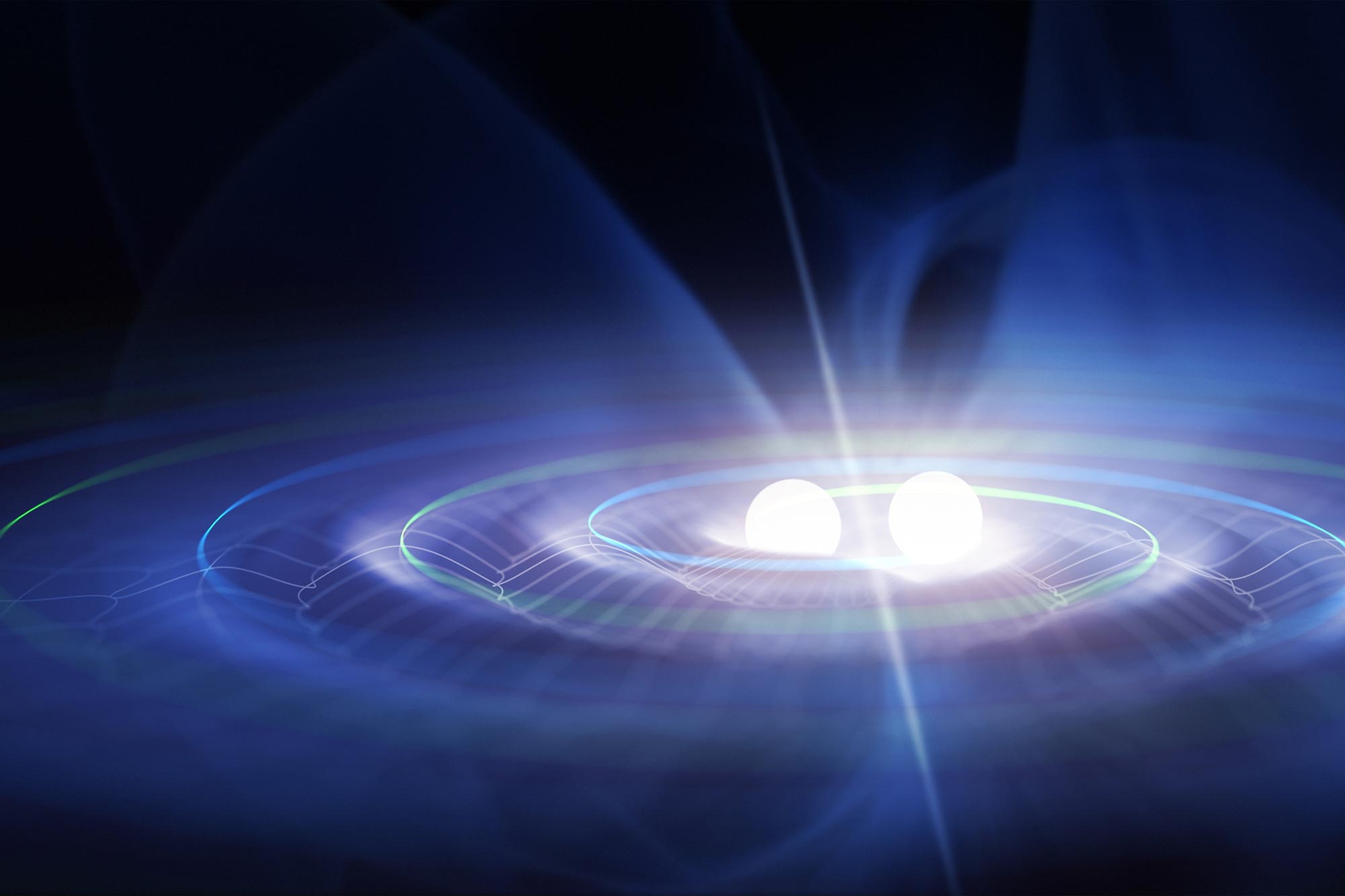Connect with us
Published
2 weeks agoon
By
admin
An international research team has discovered a potential connection between neutron star mergers and fast radio bursts (FRBs), two of the universe’s most intriguing phenomena. This finding, published in Nature Astronomy, highlights a correlation where a neutron star merger observed on April 25, 2019, was followed just 2.5 hours later by an FRB. If confirmed, this link could enhance our understanding of FRB origins, which have puzzled scientists for two decades. FRBs, brief pulses of electromagnetic waves, emit energy equivalent to the sun’s annual output and typically appear as either one-off or repeating events. The study suggests that while repeating bursts may originate from magnetars, one-off FRBs might also arise from gravitational waves generated during neutron star collisions.
Astrophysicist Bing Zhang proposed this theory in 2014, envisioning a scenario where a rapidly spinning neutron star forms after a merger, eventually collapsing into a black hole and producing an FRB. The current correlation is encouraging but requires further observations to confirm. Researchers expect additional data from ongoing gravitational wave detections and improved FRB detection technologies to test the validity of this association and deepen our understanding of these cosmic phenomena.


















